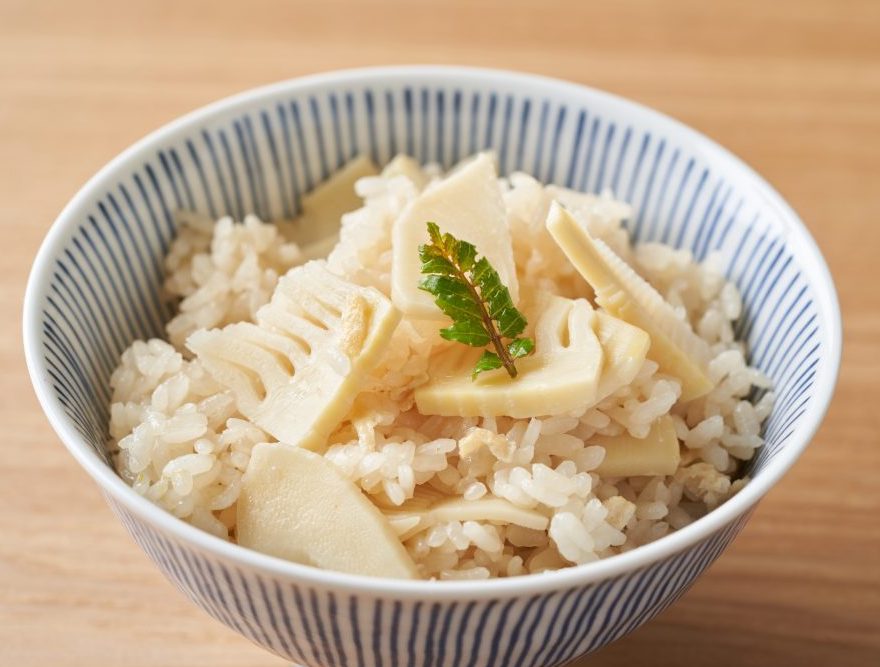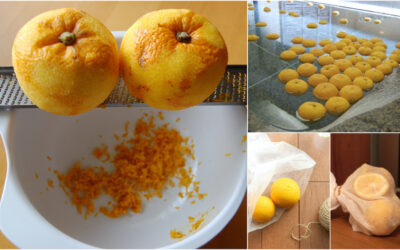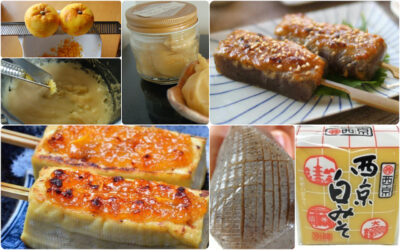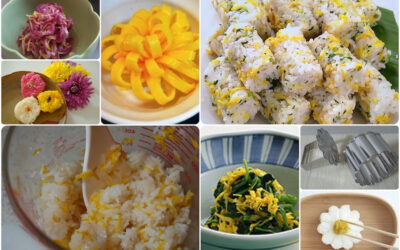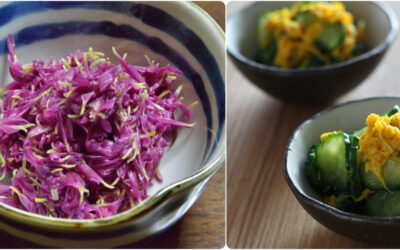
Kitchen Culture Cooking Club
EXPLORE and PRACTICE Japanese cooking in your own kitchenAbout Kitchen Culture Cooking Club
Welcome to the Kitchen Culture Cooking Club, a community space providing encouragement to those who want to EXPLORE and PRACTICE Japan’s washoku wisdom in their own kitchens.
To facilitate this, themed projects will be posted to this page periodically. Project Assignments and links to relevant reference material stored on this site will be posted to this page. Anyone, anywhere in the world, with a sincere interest in Japanese food culture is welcome to browse the contents of this page and then replicate the themed project in their own kitchen.
For those who wish to display-and-discuss their projects with like-minded people, I invite you to join the KITCHEN CULTURE Cooking Club Facebook Group (formerly the TSUDOI Project), an interactive community space.
PROJECT Cooking with Bamboo Shoots
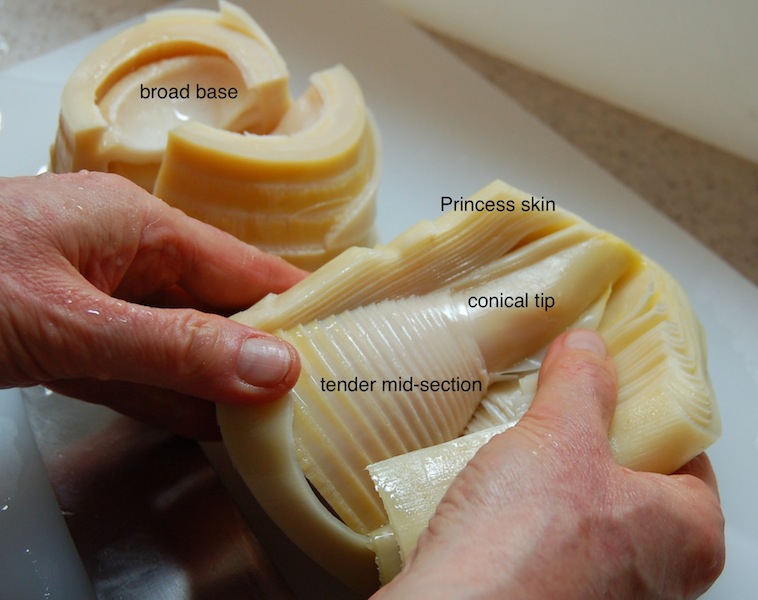
PROJECT Cooking with Bamboo Shoots
A single bamboo shoot has different segments, each with a different texture and flavor profile.
The BROAD BASE is best suited to cutting into circular slabs, half-moon slices, or chunks. Try slathering these with miso and broiling to make dengaku... or soy-glazing them, teriyaki style. The broad base can also be sliced into batons or matchsticks for stir-frying, or small dice for simmering and saucing.
The TENDER MID-SECTION is usually sliced into comb-patterned wedges called kushi-gata, in Japanese. These wedges can be used to make takénoko gohan (rice cooked with bamboo shoots)… or to simmer with wakamé, or stir-fry or braise with meat and other vegetables (such as Chikuzen Ni).
The CONICAL TIP is most often sliced into thin kushi-gata wedges and floated in clear osumashi soup, or simmered with wakamé.
PRINCESS SKIN is delicate and tender, best shredded for clear soups or sauced with tart plum to make bainiku aé, or peppery sanshō leaves to make kinomé aé, or smoky bonito flakes to make okaka aé.
In addition there are many suggestions, and recipes, in KANSHA: Celebrating Japan’s Vegan and Vegetarian Traditions (see page 94).
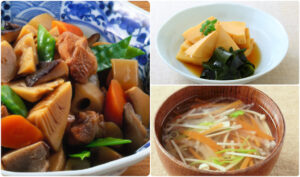
Takénoko Kinomé Aé
One way to enjoy bamboo shoots is to dress it in a peppery-citrusy sauce made from crushed kinomé leaves and sweet light miso. Download the recipe.
Download this reference sheet for details regarding sanshō (pepper plant) and kinomé (peppery leaves).
Takénoko Gohan
Many versions of this springtime classic add thin strips of abura agé (fried tōfu) to the sliced bamboo to boost nutrition and provide a pleasantly chewy texture that contrasts to the tender-crisp shoots. Most often a touch of spiciness is added as a garnish just before serving — ki no mé (sprig from the sanshō pepper plant)
Visit Kitchen Culture blog to learn about FRESH BAMBOO SHOOTS.
Download instructions for preparing them from scratch.
Read my April 2024 newsletter.
Recipes and Resources
Stock (Dashi)
Dashi stock is essential to making soups and simmered or stewed dishes. Dashi is also used when making many egg dishes and all sorts of sauces, dips and dressings. Using good dashi will make a noticeable difference in the outcome of so many dishes you prepare.
Click to download recipes for (vegan) Kelp Alone Stock or Standard Sea Stock + Smoky Sea Stock
How to Cook Rice
In Japanese, the word for cooked rice, ご飯 GOHAN, is the same as the word for a meal, ご飯 GOHAN. Indeed rice is central to the meal. Download the Rice with Mixed Grains recipe.
How to Prepare Sushi Rice
Sushi dishes are made with rice that has been seasoned (with sweetened vinegar) AFTER being cooked. Download the Classic Sushi Rice recipe.
Quick Pickles
The Japanese enjoy a wide variety of tsukémono pickles, many can be assembled quickly and are ready to eat within a short time.
Download a recipe for Quick-Fix Hakusai Cabbage.
Yuzu Yu
ゆず湯・Yuzu Yu Food customs in Japan often involve word-play. The winter solstice that occurs on or about December 22 is called tōji 『冬至』, literally "winter arrives." But the word tōji can also be written as 『湯治』meaning "hot-spring cure" or "taking the baths." One of...
PROJECT Yuzu Miso
季節のゆず味噌・Kisetsu no Yuzu MisoSeasonal Citrusy Miso Sauce The Japanese delight in bringing elements -- often fresh produce -- of each season to table. Yuzu citrus fruits ripen from green to golden yellow as autumn turns to winter. As yuzu ripen, the peels become...
PROJECT Chrysanthemum
Chrysanthemums ・ 菊 KikuTo eat ... To use as a motif This Kitchen PROJECT is about CHRYSANTHEMUMS, to eat and to use as a motif in designing your autumnal menu. I have created a reference sheet regarding EDIBLE VARIETIES of chrysanthemums. If you can source fresh,...
Chrysanthemums
食用菊 Shokuyō Kiku Edible chrysanthemums are one Japan's autumnal culinary delights. Commercially cultivated in various parts of Japan today (including Okinawa!) they were traditionally enjoyed in the Tohoku (Akita, Yamagata) and Hokuriku (Niigata) regions. Though...


